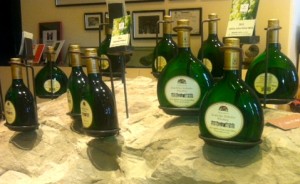
Whenever someone talks about German wine, it’s usually about Riesling. The noble grape defines Germany, especially when it is from the Mosel or Rhinegau regions. This glorious varietal makes some killer wines — and no, not all of them are sweet. In fact many good bottlings are labeled “trocken”. That means dry. You should ask for and try the trocken Rieslings without fear.
While you’ve most likely heard of Riesling, you may not know about Franken wine. Not Frankenstein wine but Franken wine. Franconia (Franken) is one of the 13 wine regions in Germany. I’ve known about this region for years thanks to my mother bringing bottles home from her German travels.
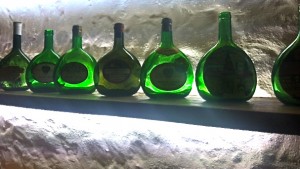
I think what makes it easy for me to remember these wines is the unusual bottle shape, called the Bocksbeutel, a flat and round distinctive glass bottle. Some have corks, others have screwcaps and the glass is either green or brown. But they’re also memorable for the good wine inside.
If you are talking to locals, as I did on a recent trip to the Franconian region, they’ll tell you, with much pride, that their wines are better than the Mosel and Rhinegau wines. After tasting many of the varietals from Franconia, I totally see why they say this. Bring me a glass of Silvaner or Bacchus any day.
Franconia is known for white wines, and around 80% of the vineyards are planted to white grape varieties. Müller-Thurgau is a hybrid that’s a cross of Riesling and an obscure variety called Madeline Royal. It’s one of the most widely planted grape varieties in Germany. If you’ve ever had a Liebfraumilch, it was most likely made with Müller-Thurgau and was very sweet. That could be why you don’t like German wines. Liebfraumilch did to Müller-Thurgau what White Zinfandel did to Rosé wines, and it’s not pretty. But you can find it bottled as a single variety, and it’s light and easy to drink, with lower acid than Riesling and a hint of mineral and fruit.
Many people tell me that Silvaner is the favorite of the locals. It’s one of my new favorite wines too. It has a floral and apricot peach aroma, which I love, with a nice soft mouthfeel. I drank more Silvaner than any other varietals on my recent trip to Germany and Bavaria.
Bacchus is another white wine, and I liked it from the get go. A German wine lover tells me that Bacchus is a “wine for women” because it is so aromatic, with a honied floral nose that I would call perfumey. Bacchus also has a hint of spiciness that I like.
You’ll also find other whites such as Kerner, Scheurebe or Traminer and some red varietals, including Spätburgunder, Domina, Zweigelt and Blaüfrankisch (although the latter two are more common in Austria). Spätburgunder is also known as Pinot Noir.
Würzburg is the main city in Franconian wine country, although Nuremberg is an hour or so drive away. Grapevines cover the steep (and sometimes sunny) hillsides They have been producing wine in Franconia for 1,200 years. The area is very green, a contrast to the golden hills of California’s wine country in the summer.
I started my tour of the Franconian wine country in Würzburg. There are magnificent views of Fortress Marienberg on its perch high atop a hill, whose slopes are covered in grapevines. This is perhaps Franconia’s best vineyard, Würzburger Stein. In the middle of the city you’ll find the Residence, a stunning palace that is a UNESCO World Heritage Site. It was built in the 18th century and is surrounded by beautiful gardens. But, the Residence also sits on top of a wine cellar, and a very good one at that.
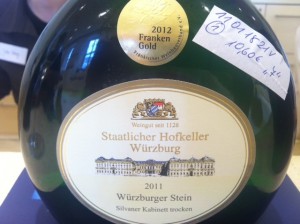 Staatlicher Hofkeller has been making Franken wines since the year 1128. Whoa. This winery is owned by the Bavarian state, as indicated in the name Staatlicher. The Residence is depicted on the wine label.
Staatlicher Hofkeller has been making Franken wines since the year 1128. Whoa. This winery is owned by the Bavarian state, as indicated in the name Staatlicher. The Residence is depicted on the wine label.

You can visit to taste wine at any time, but to see the cellars, which looks very impressive from the photos I’ve seen, you have to plan to be there on a Saturday (we were there on a Friday).The tasting room itself is very modern, and tastings are free of charge.
Staatlicher Hofkeller makes several wines from grapes grown in the Würzburger Stein vineyard, including Müller-Thurgau and Silvaner. The winery’s Silvaner is one of the best in Franconia, and the 2011 was awarded a gold medal from the regional wine association. It sells for 10 Euros. We brought home the 2011 Bacchus, a silver medal winner from the same group.
The Bürgerspital winery tasting room is about two blocks away from Staatlicher Hofkeller. This winery got its start as an old people’s home in the 1300s, and wine was made for the residents. Today there are still elderly residents living at the winery in the center of Würzburg.
Here, tastings are 20 Euros, but they are generous pours. One of my favorites is the 2011 Grauer Burgunder, also known as Pinot Blanc. This white wine is aromatic and elegant. Bürgspital also makes a rich white blend, with the non-traditional Chardonnay along with Weiss Burgunder and Grauer Burgunder.
If you can only visit one town in Franconia, make it Iphofen. It’s home to a host of wineries, all in walking distance. The town is very quaint, with lots of cafes and restaurants. Plus there’s a great visitor center to help you plan your visit.
Hans Wirsching is perhaps the best know, and is one of the few Franken wineries that has distribution in the United States (Juliusspital is another – and their wines are also very good, especially the Rosé that they make). The Wirsching Silvaner is excellent. Scheurebe, a white varietal that’s actually a hybrid of Silvaner is full of grapefruit and has some minerality to it.
Thanks to a recommendation from a local, we visited Norbert Muth, a very small family owned winery. When we walked in, a father and son were finishing up hand bottling. Turns out the son, who stopped what he was doing to sit and taste with us, is the winemaker. His father is the wine grower.
We sat down at a table — almost like a kitchen table — with another group for a very informal tasting. The 2011 Iphöfer Kalb Silvaner is the best of the day. Full of white floral and stone fruit aromas, this is a full-bodied wine. All for the amazing price of 4,50 Euros. The Müller-Thurgau is lean and racy with citrus fruit. The Bacchus is expressive, with lots of citrus and stone fruit and a dash of spice.
Look for these Franconian varietals when you are ordering off a wine list, or next time you go to your favorite wine shop. Even if you don’t find them, start a conversation about these wines. You may inspire your retailer or sommelier to start bringing in Silvaner or Bacchus. You can also check with distributors such as Loosen Bros. USA or Rudi Wiest Selections to learn where you can find the Franconian wines that they import. Just remember to ask for a trocken, or dry wine.

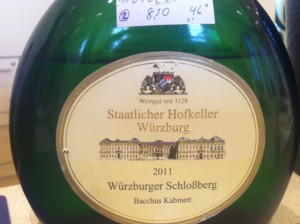
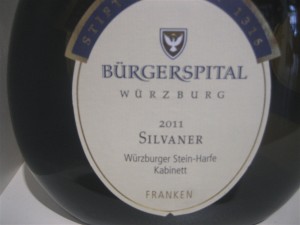
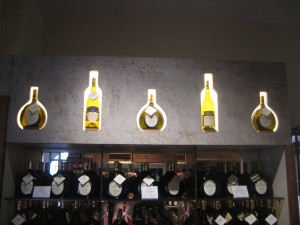
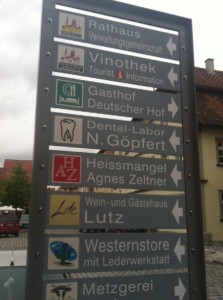
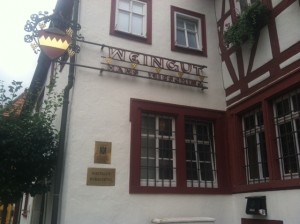

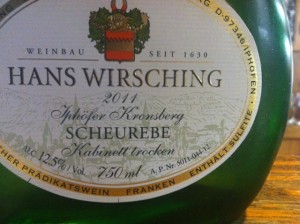
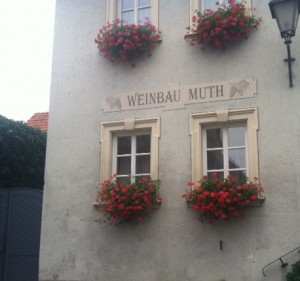

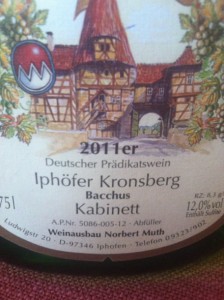
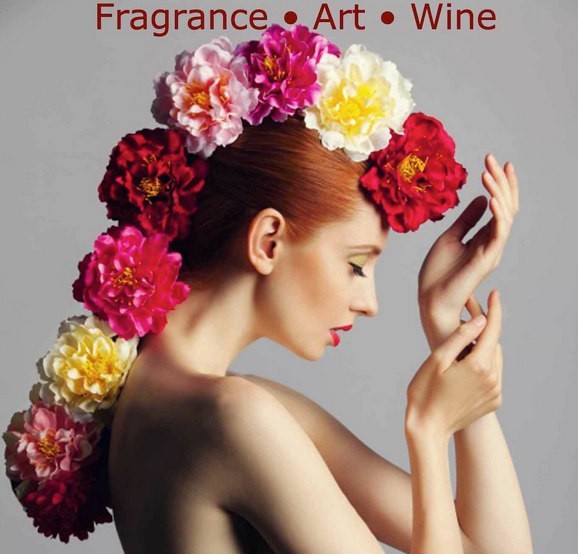
2 Comments
Great web site. Lots of helpful info here. I’m sending it to a few buddies ans also sharing in delicious. And of course, thank you to your effort!|
Thank you, so glad you enjoy it!